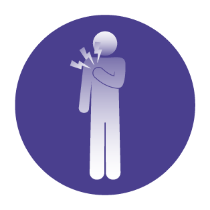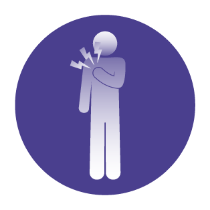INDICATION
ALTUVIIIO® [antihemophilic factor (recombinant), Fc-VWF-XTEN fusion protein-ehtl] is a von Willebrand Factor (VWF) independent recombinant DNA-derived, Factor VIII concentrate indicated for use in adults and children with hemophilia A (congenital factor VIII deficiency) for:
- Routine prophylaxis to reduce the frequency of bleeding episodes
- On-demand treatment & control of bleeding episodes
- Perioperative management of bleeding
Limitation of Use
ALTUVIIIO is not indicated for the treatment of von Willebrand disease.
IMPORTANT SAFETY INFORMATION
CONTRAINDICATIONS
ALTUVIIIO is contraindicated in patients who have had severe hypersensitivity reactions, including anaphylaxis, to the product or its excipients.
WARNINGS AND PRECAUTIONS
- Allergic-type hypersensitivity reactions, including anaphylaxis, may occur with ALTUVIIIO. Allergic-type hypersensitivity reactions were not reported in the clinical trials. Advise patients to discontinue use of ALTUVIIIO if hypersensitivity symptoms occur and contact a physician and/or seek immediate emergency care.
- Formation of neutralizing antibodies (inhibitors) to Factor VIII is possible following administration of ALTUVIIIO. Neutralizing antibodies were not reported in the clinical trials. Monitor all patients for the development of Factor VIII inhibitors by appropriate clinical observations and laboratory tests.
- If assessment of plasma Factor VIII activity is needed, it is recommended to use a validated one-stage clotting assay. The ALTUVIIIO Factor VIII activity level is overestimated by the chromogenic assay and a specific ellagic acid-based aPTT reagent in one-stage clotting assay by approximately 2.5-fold. If these assays are used, divide the result by 2.5 to approximate the patient's ALTUVIIIO Factor VIII activity level.
ADVERSE REACTIONS
The most common adverse reactions (>10% of subjects) reported in clinical trials were headache and arthralgia.




